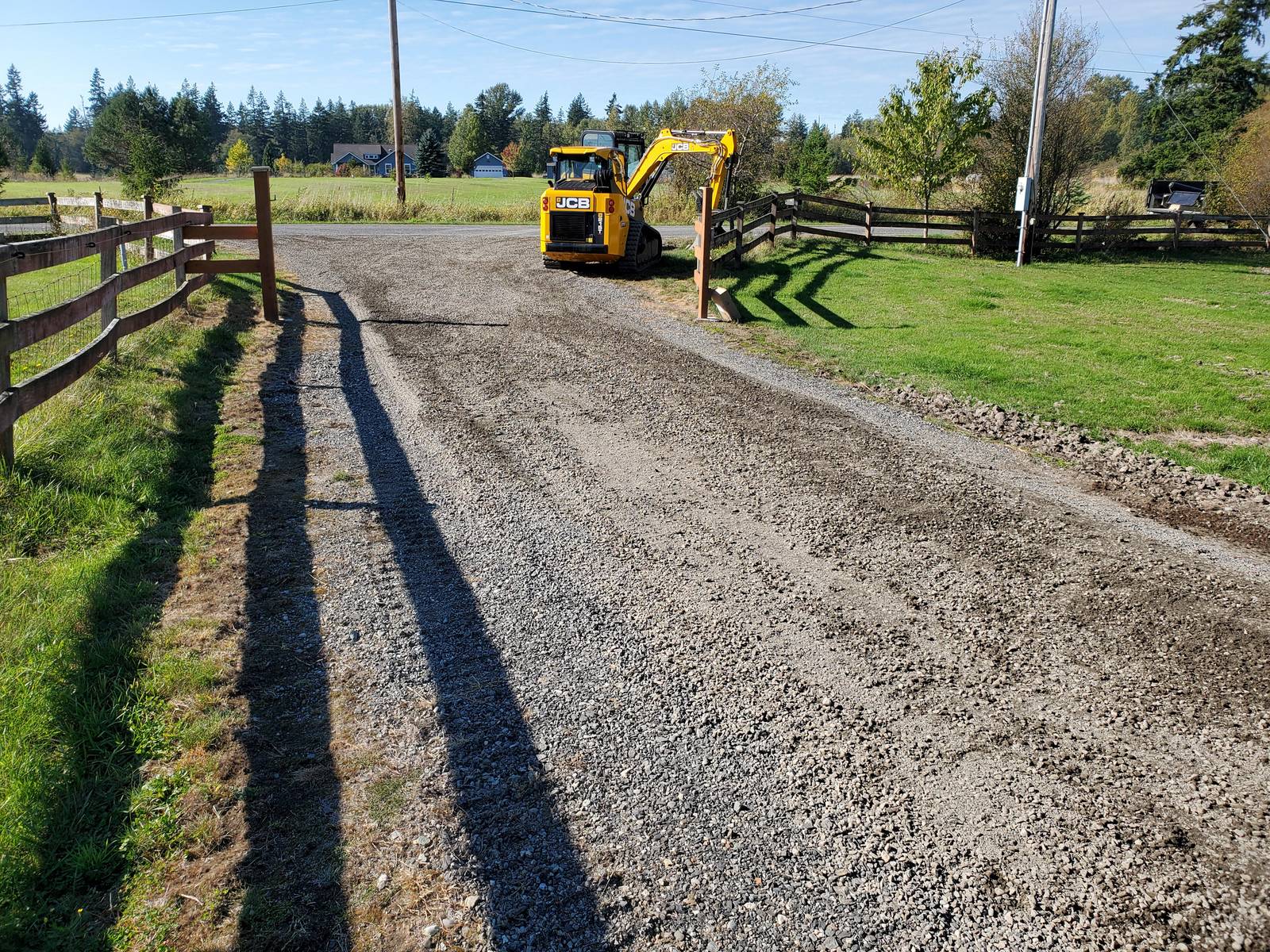Efficient Underbrush Clearing for Clean and Safe Land
Efficient Underbrush Clearing for Clean and Safe Land
Blog Article
Culvert Installation Made Easy: Step-by-Step Guide for Success
From picking the suitable culvert dimension to incorporating appropriate drainage procedures, each action in the installment process plays a vital duty in the functionality and longevity of the culvert system. Stay tuned to uncover the necessary actions and considerations that can make culvert installation a seamless and effective undertaking.
Selecting the Right Culvert Size
Choosing the proper culvert size is crucial for ensuring effective water circulation and architectural honesty in culvert installation tasks - Pad Construction. The size of the culvert straight affects the flow capacity of water with the structure. A culvert that is too small can result in flooding and overflow, while one that is also big might lead to decreased water rate, potentially causing debris build-up and blockages
To identify the right culvert size, aspects such as the watershed location, optimal circulation prices, and hydraulic efficiency need to be carefully taken into consideration. Estimations based upon these criteria aid in picking a size that can properly take care of the predicted water quantity while decreasing the threat of blockages and architectural failure.
It is vital to consult design guidelines and criteria to guarantee that the chosen culvert dimension fulfills the job requirements and regional laws (Pad Construction). By selecting the best culvert size, task managers can optimize water flow, avoid prospective problems, and enhance the general performance and longevity of the culvert installment
Preparing the Installation Website
Efficient culvert installment demands meticulous preparation of the installment website to make sure optimal architectural support and performance. Before commencing the setup procedure, it is essential to get rid of the site of any particles, vegetation, or blockages that might hinder the culvert's placement. Ensuring a degree structure is necessary for the proper positioning and stability of the culvert. This might involve grading the website to create a smooth, even surface that can properly support the weight of the culvert and any expected lots. Additionally, proper compaction of the soil under the culvert is needed to avoid settling or shifting with time.
Additionally, it is essential to take into consideration variables such as dirt make-up, groundwater levels, and ecological influences when preparing the setup website. Performing a thorough site assessment can aid identify any type of possible obstacles or dangers that might affect the culvert's efficiency. By taking the time to prepare the setup website properly, you can aid ensure an effective culvert installment that satisfies structural requirements and ensures long-term find here functionality.
Positioning the Culvert Properly

The quality at which the culvert is put is crucial for keeping a proper slope for water flow. A steady slope assists avoid merging and promotes reliable water drainage. In addition, the culvert needs to be oriented appropriately to ensure that the inlet and electrical outlet remain in the appropriate locations. This positioning is crucial for the culvert to work successfully in managing water flow.
Backfilling and Compacting the Soil
Correct backfilling and compaction of the soil around the culvert is essential to ensure security and prevent prospective issues in the future. As soon as the culvert is properly put, the next crucial action is to backfill the location around official website it with appropriate product.
Compaction helps in lowering the chances of settlement and guarantees consistent support around the culvert. It is important to portable the soil uniformly on all sides of the culvert to preserve its architectural honesty.
Proper backfilling and compaction not only give security to the culvert however likewise help in stopping dirt erosion and keeping the long life of the culvert system.
Making Certain Appropriate Drain Integration
Integrating effective drainage remedies plays a vital duty in the general functionality and longevity of culvert setups. Proper drainage assimilation is important for managing water flow, stopping disintegration, and ensuring the structural honesty of the culvert system. To attain this, it is crucial to design an extensive drain strategy that considers variables such as the quantity of water expected, the topography of the location, and the kind of soil present.

In addition, incorporating functions like erosion control steps, such as riprap or plants, can even more boost the performance of the drainage system. By thoroughly intending and executing these drain this content options, culvert setups can operate efficiently and withstand the test of time.
Final Thought
In final thought, appropriate culvert installment is crucial for keeping reliable drain systems. By choosing the best culvert size, preparing the setup site, positioning the culvert correctly, backfilling and compacting the dirt, and ensuring proper water drainage assimilation, success can be achieved. Following these actions will aid guarantee the long life and efficiency of the culvert, eventually adding to the overall success of the water drainage system.
Report this page